In the midst of a cold, crumbling landscape, a drone camera recorded something unexpected. A soldier, stationed near the front line, crouched in the rubble with a small stray cat nestled in his jacket. Over weeks of silent surveillance, the camera caught repeated glimpses of this unlikely pair. The soldier shared his rations, made space in his coat for warmth, and kept the animal close during quiet nights.
Later, when others arrived at the location, they found a note tucked inside his jacket. It wasn’t about military strategy or personal fears. It was about the cat. He wrote that if anything happened, the jacket should be left behind, because “winter is coming and he will come for warmth.” He even mentioned the animal’s favorite food — “the blue can.”
While the circumstances of the soldier’s passing were tragic, the enduring detail that captured the world’s imagination was his bond with a stray cat. This story circulated online and in media reports, moving many to reflect on the emotional power of human–animal connections in even the harshest environments.
This article explores the cultural, mythological, and scientific perspectives surrounding such relationships. Why do animals often appear at pivotal moments in human history and stories? How can a single relationship between a person and an animal carry so much symbolic weight? And what does modern science say about the ways animals affect human resilience and wellbeing?
Myth and Folklore: Animals as Companions in Hardship
Cats in Cultural Narratives
Across cultures, cats have occupied complex symbolic roles. In ancient Egypt, they were revered as sacred animals associated with the goddess Bastet, a deity linked to protection, fertility, and home life. Households often kept cats not just for pest control but as spiritual guardians believed to protect against misfortune.
In Japanese folklore, the figure of the maneki-neko, or “beckoning cat,” symbolizes good fortune and safe returns. Many legends describe cats appearing to travelers, soldiers, or sailors at moments of uncertainty, often interpreted as omens of protection or companionship.
In European wartime folklore, cats and dogs often appeared in soldiers’ diaries and letters as symbols of home. During the First and Second World Wars, soldiers sometimes adopted strays in the trenches or camps. These animals were given names, written into correspondence, and even painted on insignia. They provided not just company but a tangible reminder of everyday life away from conflict.

Animal Companions in Heroic Myths
Myths frequently pair human heroes with animals. From Odysseus and his faithful dog Argos in Homer’s Odyssey to knights with falcons in medieval romances, animals serve as mirrors to human emotion. They symbolize loyalty, courage, and a kind of unspoken understanding.
The story of the soldier and the stray cat resonates with this long tradition. While no supernatural claim is made, the emotional weight of their bond echoes archetypal narratives: a lone figure in a harsh world, sustained by a connection with a loyal creature.
Psychological and Emotional Roles of Animals in Crisis
Companionship and Stress Reduction
Modern psychology provides insight into why people form such strong bonds with animals during difficult times. Companion animals can help reduce stress and anxiety, according to numerous studies. The presence of a trusted animal can lower cortisol levels, stabilize heart rate, and foster emotional regulation.
A 2015 study published in Frontiers in Psychology found that interactions with animals can trigger the release of oxytocin, often referred to as the “bonding hormone.” Oxytocin enhances feelings of trust, attachment, and calm. For individuals experiencing prolonged stress, such as soldiers in high-pressure environments, this physiological response can be profoundly stabilizing.

Emotional Anchors in Uncertain Environments
In crisis situations, whether during armed conflict, natural disasters, or displacement, animals often become anchors of routine and affection. Caring for a pet gives structure to daily life, a sense of purpose, and a focus outside of oneself.
For soldiers, this bond may be particularly powerful. Away from families and familiar surroundings, the relationship with a stray dog or cat can provide continuity. Feeding, sheltering, and protecting an animal mirrors acts of caregiving and mutual trust — rare commodities in unpredictable settings.
Trauma and Recovery
Research in animal-assisted therapy indicates that relationships with animals can help individuals process traumatic experiences. Programs for veterans and first responders often integrate therapy dogs or equine therapy, with documented improvements in mood regulation and interpersonal trust.
The soldier’s decision to write a note about his cat may reflect how deeply this bond had embedded itself into his sense of responsibility and identity. Even when facing overwhelming circumstances, his priority included the creature who had shared his space and warmth.
The Cultural Symbolism of the Soldier’s Note
Acts of Care as Legacy
Leaving instructions for the cat’s care can be understood as a final act of guardianship — an assertion of humanity in the midst of chaos. Across many cultures, leaving provisions or messages for animals carries symbolic meaning. In some Slavic traditions, for example, food is left outside during winter as a gesture of hospitality toward strays, seen as morally significant.
Shared Vulnerability
The soldier’s note also resonates because it highlights shared vulnerability. The image of a grown man protecting a small stray animal creates a stark emotional contrast. Instead of aggression or power, the defining moment is care. This dynamic has echoed through art and literature for centuries, from Renaissance paintings of saints with animals to modern stories of service animals.
Digital Age Amplification
In the age of social media, stories like this spread quickly. Drone footage and handwritten notes become touchpoints for collective reflection. Millions of viewers, far removed from the front line, projected their hopes, grief, and admiration onto the story. This phenomenon reflects how animal stories can serve as unifying emotional narratives across cultural and political boundaries.
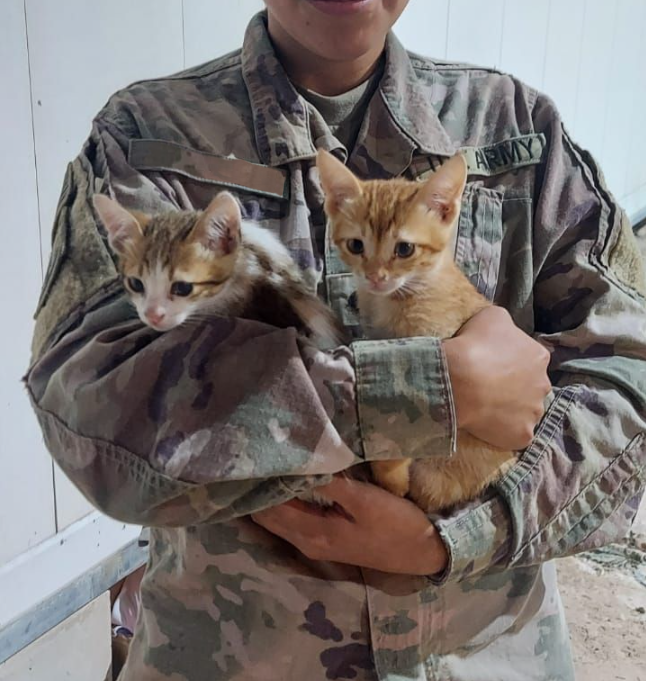
Scientific Perspectives on Animal Behavior in Human Proximity
Why Animals Bond with Humans
From a scientific standpoint, animals such as cats are highly adaptive. Stray cats in particular often form loose associations with human communities, relying on shared spaces and occasional food sources. Over time, mutual tolerance can develop into trust.
Studies of semi-feral cat colonies show that cats can learn to recognize human voices, remember individual people, and adjust their behavior based on trust signals such as tone and body language. When the soldier regularly shared rations and warmth, the cat likely responded to consistent cues of safety.
Animal Behavior Under Stress
Animals in conflict zones exhibit unique behaviors. Some seek quiet, sheltered places near humans, associating human presence with warmth and stability. Others show resilience by following routines, even amid loud or unpredictable surroundings. This aligns with the reported drone footage of the cat regularly approaching the soldier’s location.
While it is impossible to know exactly how the cat perceived the relationship, behavioral science suggests it likely recognized the soldier as a stable presence in a shifting environment.
Bridging Myth and Science
This story sits at the intersection of cultural narrative and scientific understanding. On one hand, it mirrors timeless myths about companionship, loyalty, and symbolic guardianship. On the other, it aligns with well-established psychological and behavioral science regarding human–animal bonds.
The power of such stories lies in their dual resonance. People can interpret them through the lens of legend, emotion, or empirical understanding — and often, all three at once.

Conclusion: Human Curiosity and the Bonds We Share
From ancient myths to modern drone footage, the relationships between humans and animals continue to capture our attention. The soldier and the stray cat story reflects enduring themes of care, loyalty, and shared survival. It resonates because it is both deeply human and universally understood.
While science explains the hormones, behaviors, and emotional coping mechanisms involved, culture and storytelling give these moments lasting significance. They remind us that in the most challenging circumstances, acts of care — even toward a stray animal — carry profound weight.
Stories like these endure not only because they are touching but because they reveal something essential about human nature: our curiosity, our capacity for compassion, and our tendency to find meaning in unexpected places.
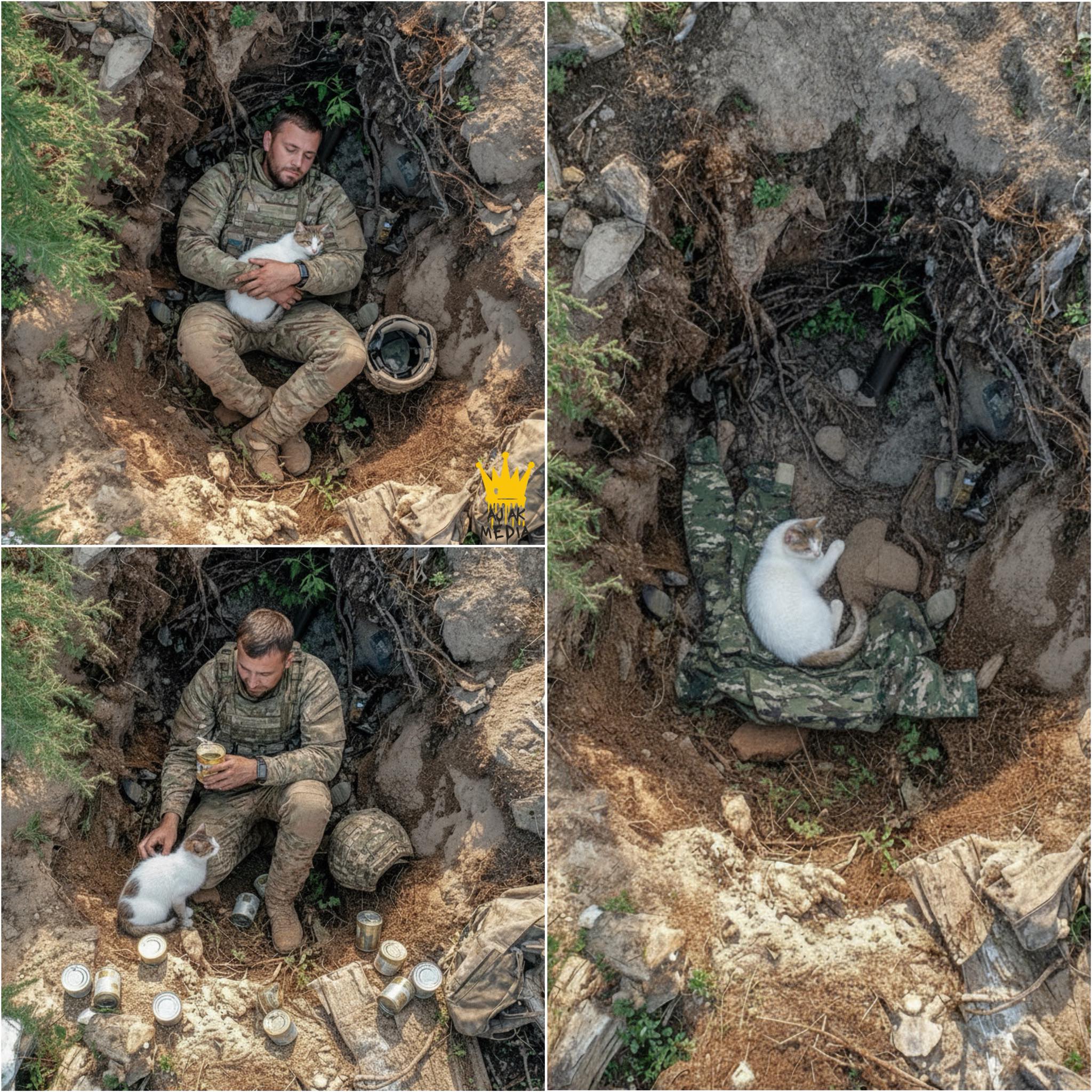
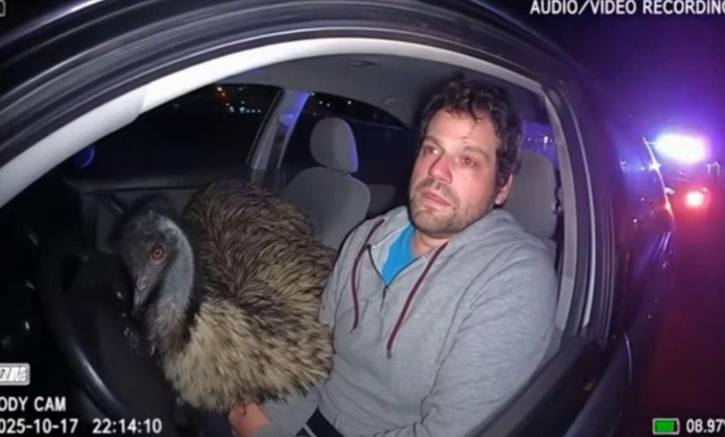
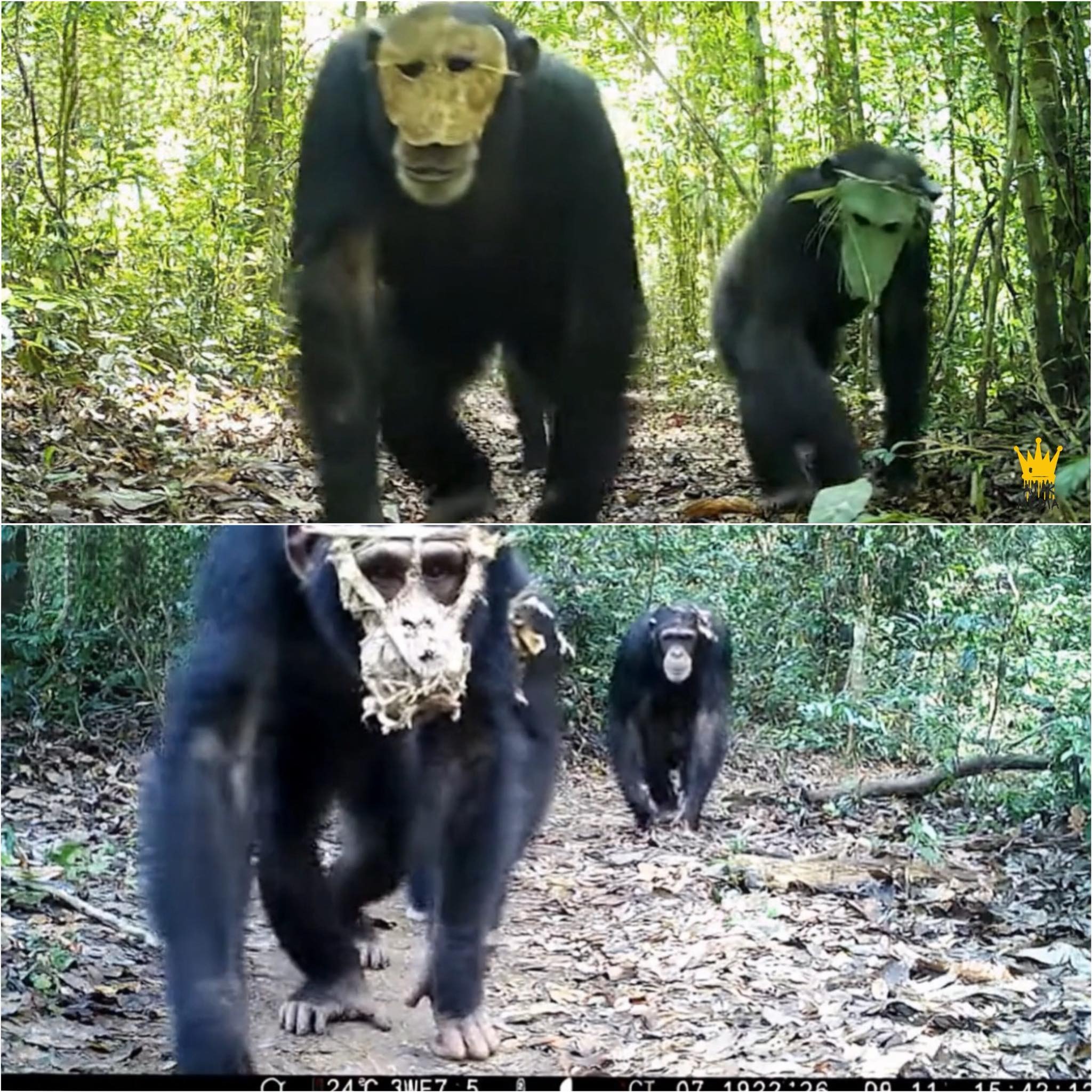
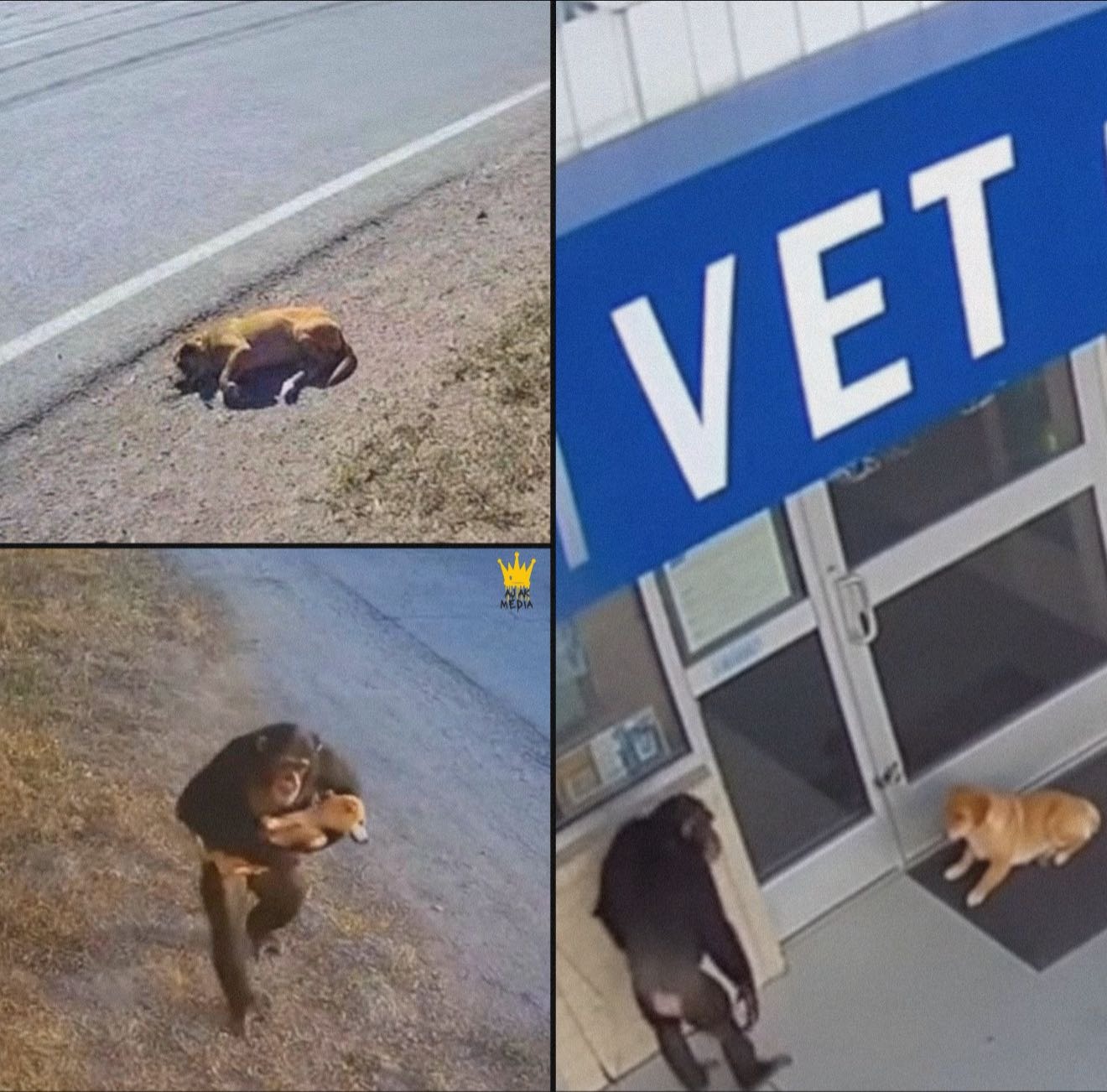
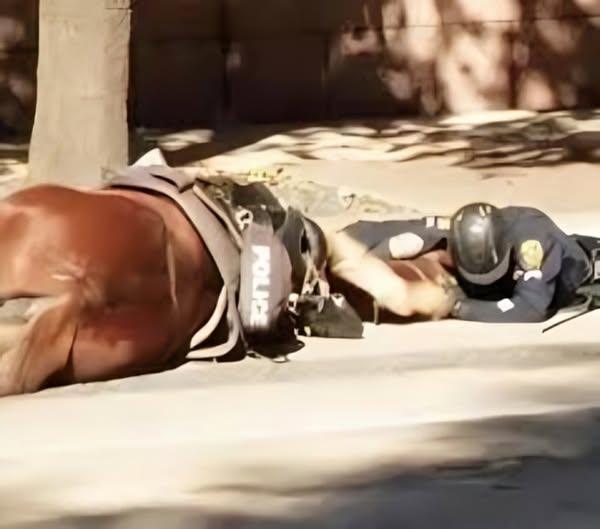
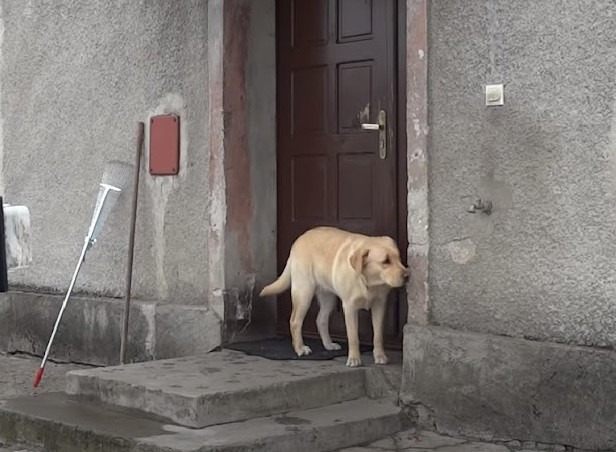
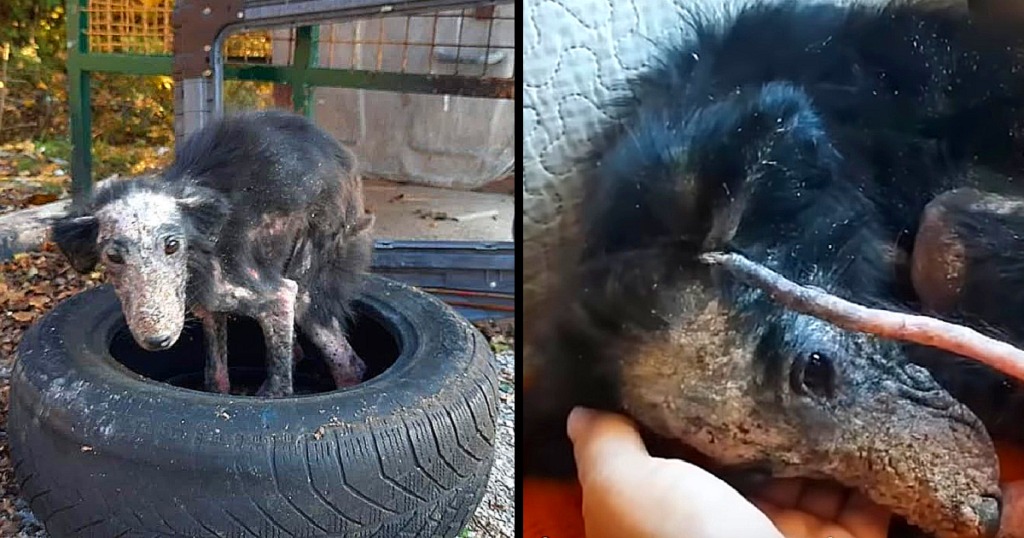
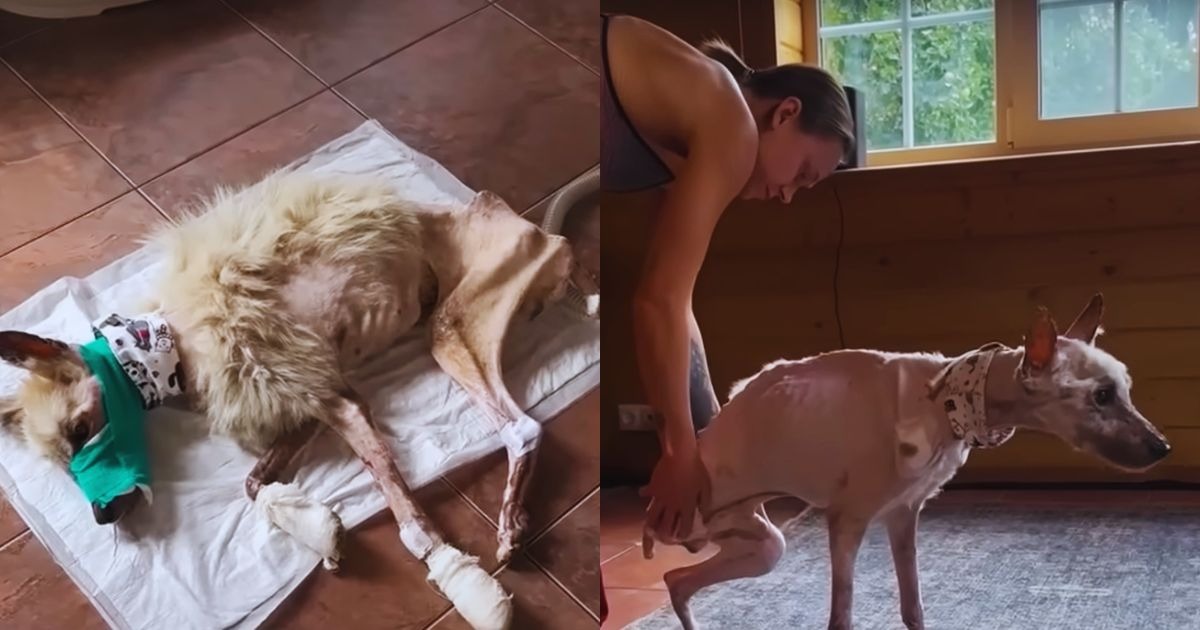
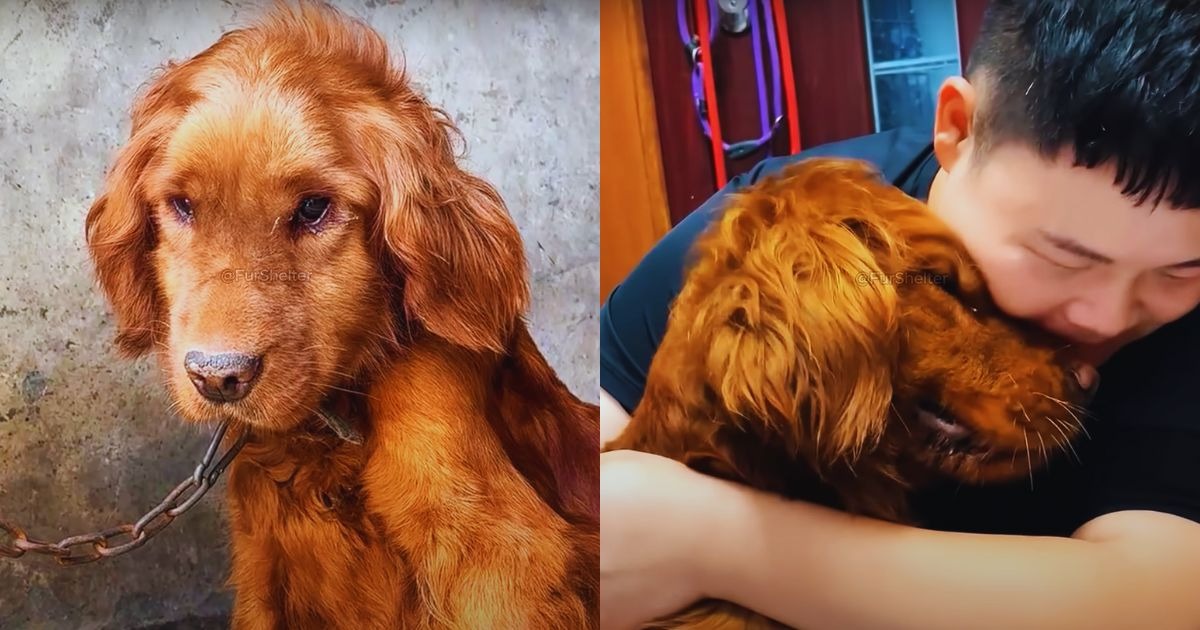
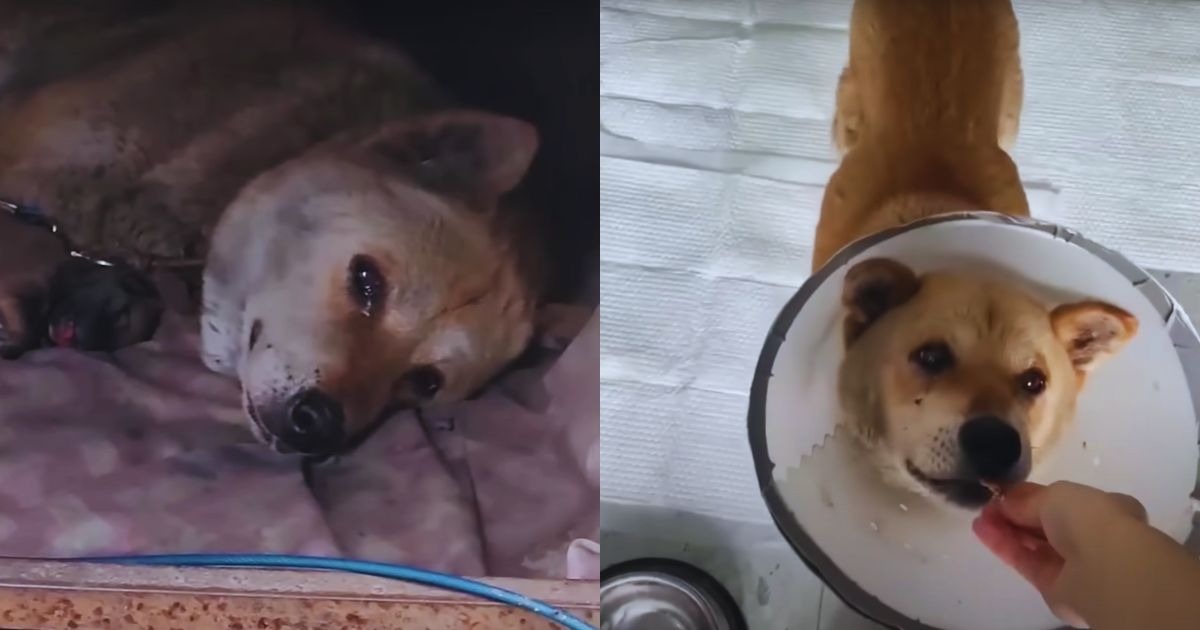
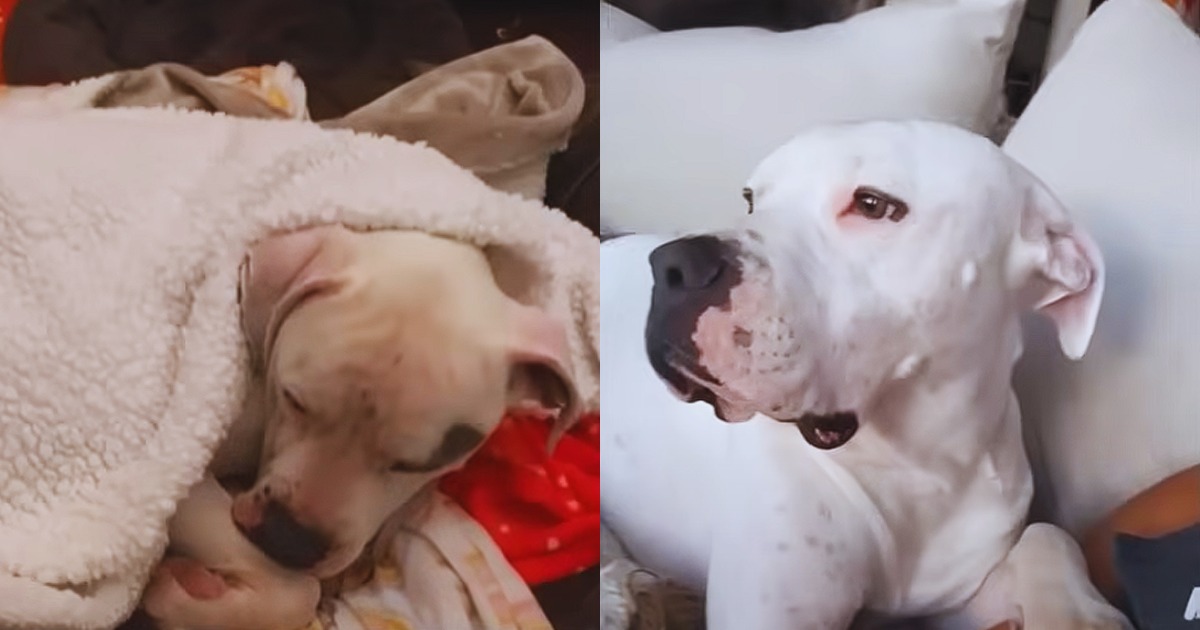

Leave a Reply